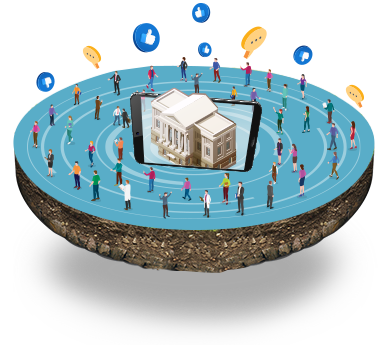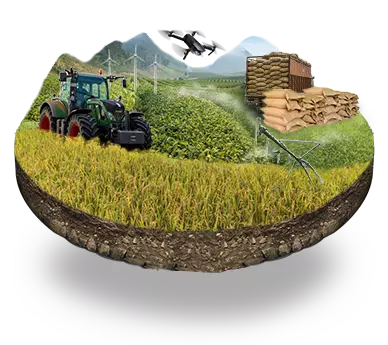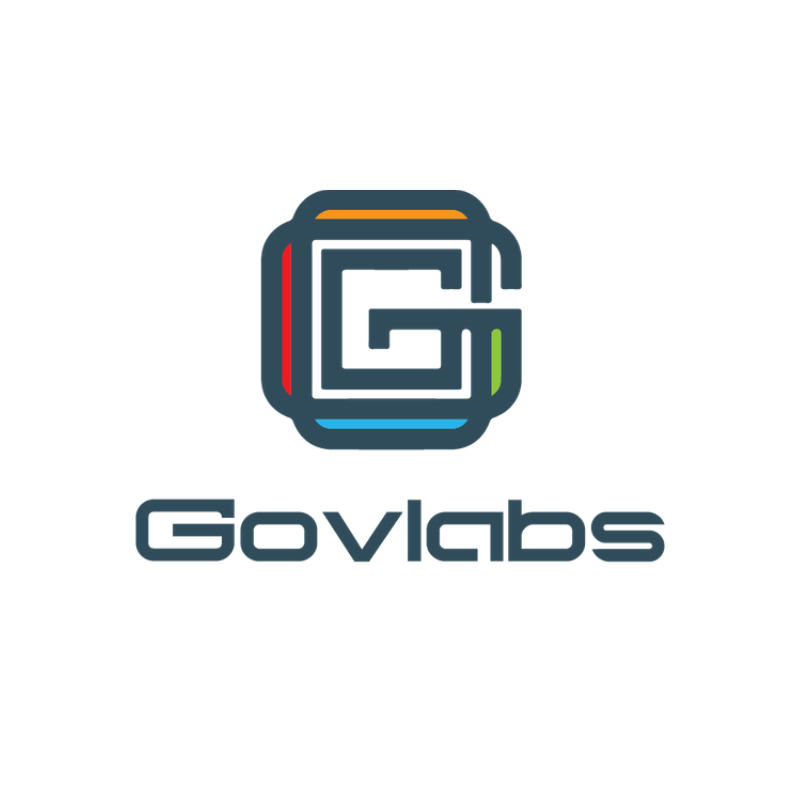The industrial internet of things (IIoT) refers to the elongation and usage of the internet of things (IoT) in industrial sectors and applications. With a robust emphasis on machine-to-machine (M2M) communication, big data, and machine learning, the IIoT promotes industries and businesses to have adequate efficiency and reliability in their procedures. The IIoT confines industrial applications, including robotics, medical appliances, and software-defined production procedures. The IIoT goes above the normal consumer devices, and internetworking of physical instruments is usually associated with the IoT.
In 2016, manufacturing functions solely accounted for an IoT expend of $102.5 billion on a total of $178 billion, all IoT use cases in manufacturing merged. Manufacturing is the largest industry in the Internet of Things and the Industrial IoT and the part of manufacturing functions outranks all other IoT use case investments across all industries that consumers retained.
A robotics manufacturer, Fanuc, is using sensors in its robotics, along with cloud-based data analytics, to predict the imminent failure of components in its robots. Doing so helps the plant manager plan maintenance at suitable times, lessening expenses and preventing possible downtime.
How does IIoT work?
IIoT is a network of smart devices linked to create designs that monitor, compile, swap and explore data. These edge devices and intelligent assets transmit information instantly to the data communications infrastructure, where it's transformed into actionable data on how a certain piece of machinery is functioning. This data can be used for predictive maintenance and to optimize business operations.
Use cases of IIoT
Countless industries make use of IIoT. The automotive industry uses IIoT devices in the manufacturing process. This industry broadly operates industrial robots, and IIoT can help proactively sustain these systems and spot potential issues before they can disrupt production.
The agriculture industry creates extensive use of IIoT devices, too. Industrial detectors gather data regarding soil nutrients, moisture, and more, boosting farmers to build an optimal crop.
The oil and gas industry operates industrial IoT devices. Some oil companies keep a fleet of independent aircraft that can use visible and thermal imaging to notice potential issues in pipelines. This data is integrated with data from other kinds of sensors to assure safety functions.
Magna Steyr, an Austrian automotive manufacturing factory, is taking benefit of IIoT to monitor its assets, including tools and vehicle parts.
Two other IoT use cases that are necessary for manufacturing from a spending outlook, on top of processes, are production support management, maintenance, and field service as per the mentioned research by IDC, released in early 2017.
In the world of IIoT deployment of smart robotics, ABB, a power and robotics company perform connected sensors to track the maintenance essentials of its robots to initiate restorations before regions are damaged.
A commercial jetliner designer Airbus has launched what it calls the factory of the future, a digital manufacturing endeavour to facilitate processes and raise production. Airbus has merged sensors into machines and devices on the shop floor and equipped employees with wearable tech; e.g., industrial smart glasses aimed at cutting down on errors and boosting workplace safety.
What are the Benefits of IIoT?
Predictive Maintenance:
Organizations can use real-time data generated from IIoT systems to predict when a machine servicing is needed. Before a failure happens, maintenance of the machine will be done as soon as possible. It can be highly beneficial on a production line, where the failure of a machine might result in a work stoppage and huge expenses.
Asset Tracking:
It is another IIoT perk. Various suppliers, manufacturers, and clients can use asset management systems to know the location, status, and condition of products throughout the supply chain.
Enhanced Customer Satisfaction:
Through IoT, the manufacturer can catch and analyze data about the use of their products by the customer, boosting manufacturers and product creators to create more customer-centric product roadmaps.
Facility Management:
IoT sensors can monitor vibrations, temperature, and other factors that might lead to suboptimal operating conditions in industries.
Time Saver:
By the use of IIoT on all of the items within your process and full supply chain you can benefit from time-saving ideas, and it makes things work much smoother. While collecting data and learning from the information, can shed light on how we can save time and money to increase efficiency and streamline production.
Ensure Safety:
Through the cutting-edge combination of data-gathering sensors, real-time analytics, and processing software IIoT ensure safety through surveillance, monitoring and control systems. IIoT-enabled industries can not only make the workplace safer and more modern but improve their bottom line.
Is IIoT secure?
Earlier manufacturers made IoT devices with short references for security, resulting in a perception that IoT devices are naturally not secure.
Security is of greater importance among device manufacturers than ever before.
In 2014, several technology firms like AT&T, Cisco, General Electric, IBM, and Intel combined to create the Industrial Internet Consortium (IIC). However, this group's primary purpose is to accelerate the adoption of IIoT and connected technologies. The IIC's other performing groups contain Technology, Liaison, Marketing, Industry, and Digital Transformation.
Top Five Challenges of IIoT:
High-Investment and Ownership Cost:
One of the main promises of industrial IoT is to improve manufacturing efficiencies and reduce costs through better asset management, access to business intelligence, and productivity gains. So, the total expense of industrial IoT application execution is remarkably high.
Connectivity:
IIoT connectivity should be a forethought before deployment, not an afterthought. Thus, having a scalable IoT network to connect devices and servers is critical for a large-scale industrial IoT app.
Cybersecurity:
The security challenges for IIoT technologies are the biggest concern as the breaches affect both individuals and organizations vulnerable to financial and operational damage.
Data Analysis:
The analysis of data is important to make this voluminous amount of data being produced every minute via the rapidly growing number of sensors, embedded systems, and connected devices. In many firms, this valuable data isn’t being used in a structured and sufficient manner.
Skill Gap:
Industrial IOT project owners realize that one of the most challenging issues with industrial IoT is the skills gap and how to address this issue. Finding the skilled staff to design, deploy and sustain trendy industrial networks and the urgent requirement to revamp and convert business functions is a massive challenge.
The Future of the IIoT:
The future is radiant for the IIoT, as small firms and international entities will relish increased options for cost-saving predictive maintenance and greater internet-to-device communication.
- IIoT as a Service: IoTaaS is the latest trend across related installations that we are confident to watch more of as we progress toward the future.
- Combined Computing Capabilities: One of the most compelling options for the future of IIoT is a variety of cloud and edge computing.
- The Onset of Predictive Maintenance: While average and preventive supervision is beneficial, the future of the IIoT will permit predictive maintenance. This capacity allows skills to complete a myriad of tasks to assure suitable device execution.
- Location Tracking: A positively predicted aspect of the future of the IIoT is location-tracking abilities for tools, equipment, and inventory objects.
- Data and The Future of the IIoT: It is vital to consider the data that your facility will be collecting, sending, and reserving. Because so much of your manufacturing process will be on the cloud rather than in the hands of workers, the risk for breaches and the cost is much higher.
- Keeping Track of Your Data: It is essential to learn from where your data is coming from and where it is going. You also need to know what the data is saying so you can take immediate action.
- Managing Your Devices: When it comes to managing your devices, IIoT does its best to keep each device up to date with software updates and firmware.
- Ensuring Security: While the IIoT devices are immensely useful in gathering, saving, and transmitting data. Some are not made for security. So, security improvements are in the pipeline.
CSM’s Work on Industrial IoT:
CSM has its own IoT lab where it has implemented a facial recognition application in its own company’s entrance with the help of Computer Vision. CSM also partnered with the Govt. of Odisha and executed an electronic pass (E-Pass) in the secretariat. This CSM's Facial Recognition - Based Permission System is a web-enabled system that verifies a person who has registered and applied for the pass earlier. It authenticates the identity of the person for entry to the Secretariat.
CSM uses the IoT (Internet of Things) devices to detect the weight of minerals that is captured at 1300 dispatch points daily, thus combating ore theft. The Integrated Mines and Mineral Management System (i3MS) automatically identify truck-specific details associated with the Permit and auto-fills and/or validates the weight that originated from the source. The system identifies the right time to capture the stable weight of the truck in i3MS without any human intervention.
CSM has implemented one of a kind fully unmanned IoT-enabled solution for achieving transparency in mineral production, sales & dispatch. Captured data is validated and is pushed into the i3MS system for generation/validation of the Transit Pass in real-time. Once the weighing process is completed, the Boom barrier and Traffic light at the exit end of the weighbridge is triggered and allow the truck to pass through






























